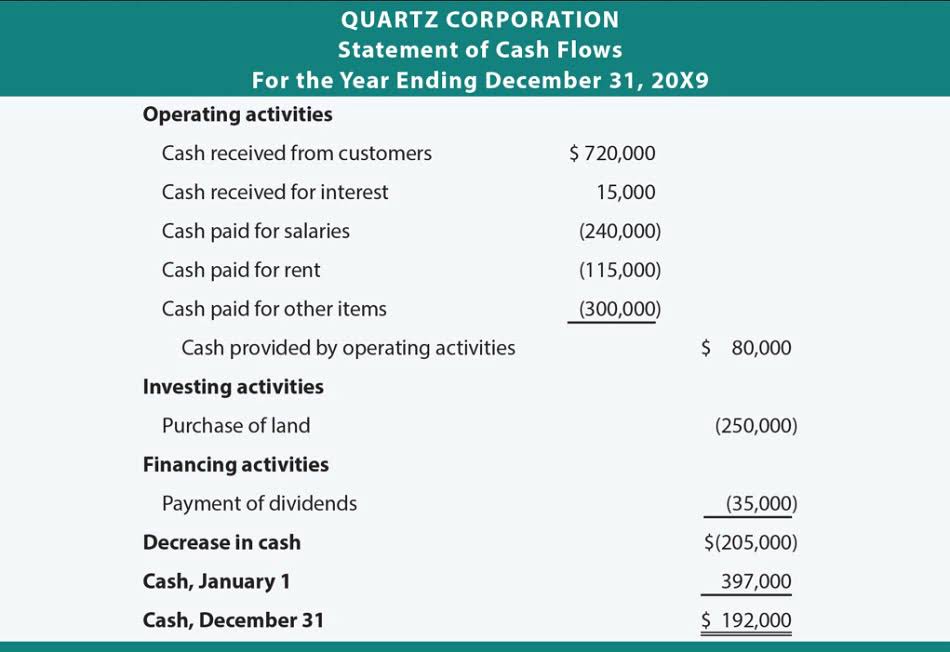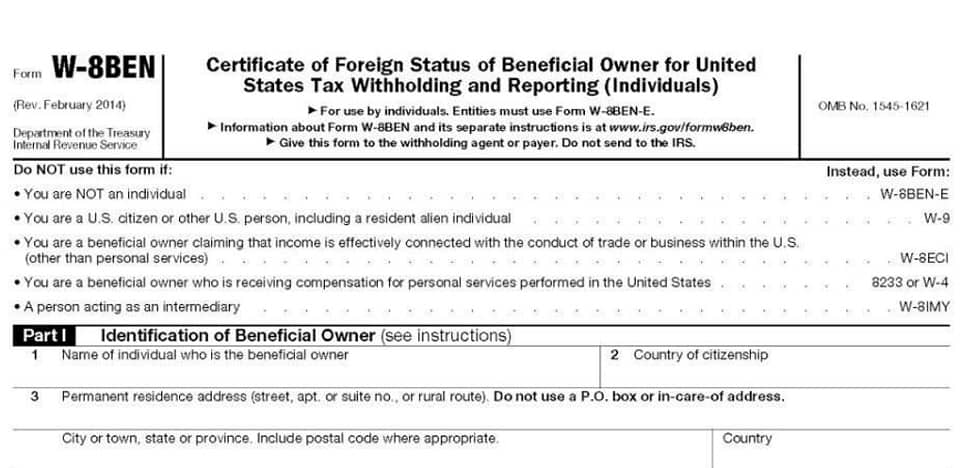
Journal Entries for Dividends Declaration and Payment

The treatment as a current liability is because these items represent a assets = liabilities + equity board-approved future outflow of cash, i.e. a future payment to shareholders. The carrying value of the account is set equal to the total dividend amount declared to shareholders. However, sometimes the company does not have a dividend account such as dividends declared account. This is usually the case in which the company doesn’t want to bother keeping the general ledger of the current year dividends. When the company makes a stock investment in another’s company, it may receive the dividend from the stock investment before it sells it back.
Journal Entry Sequences for Stock Dividends FAQs

A small stock dividend is viewed by investors as a distribution of the company’s earnings. Both small and large stock dividends cause an increase in common stock and a decrease to retained earnings. This is a method of capitalizing (increasing stock) a portion of the company’s earnings (retained earnings). Stock dividends, on the other hand, involve the distribution of additional shares to existing shareholders in proportion to the shares they already own. This type of dividend does not result in a cash outflow but does affect the components of shareholders’ equity. When a stock dividend is declared, the retained earnings account is debited for the fair value of the additional shares to be issued.

Journal Entries for Deferred Tax Assets and Liabilities
The investors in what type of account is dividends the business understand that they might not receive dividends for a long period of time, but will have invested in the hope that the value of their shares will rise in the future. After this journal entry, total assets on the balance sheet and total revenues on the income statement of the company ABC will increase by $5,000. Companies that adopt a stable dividend policy pay a fixed and predictable dividend to their shareholders after each dividend period.
- Accounting for dividends has many benefits when it comes to keeping accurate records.
- Although companies are not obliged to pay their shareholders for their investments, they still choose to do so due to various reasons mentioned above.
- This is usually the case in which the company doesn’t want to bother keeping the general ledger of the current year dividends.
- This typically occurs when the dividend is declared by the board of directors and approved by shareholders, if required.
Get in Touch With a Financial Advisor
The amount of money needed to pay a dividend is called the required payout ratio. The amount of the dividend per share must be determined before it can be recorded in the P&L. This amount depends on whether the dividend is classified as a cash or stock https://www.bookstime.com/ dividend, whether it is a regular or special dividend and whether it will be split.
- At the time dividends are declared, the board establishes a date of record and a date of payment.
- 11 Financial’s website is limited to the dissemination of general information pertaining to its advisory services, together with access to additional investment-related information, publications, and links.
- A large stock dividend occurs when a distribution of stock to existing shareholders is greater than 25% of the total outstanding shares just before the distribution.
- For the shareholders, dividends represent a type of reward, mostly in cash, that the company pays them for their investment.
- For example, a 1-for-3 stock split is called a reverse split since it reduces the number of shares of stock outstanding by two-thirds and triples the par or stated value per share.
- This means that you should follow the same accounting procedures for your dividend earnings as you do with other sources of income.
Ask a Financial Professional Any Question
- Therefore, the dividends payable account – a current liability line item on the balance sheet – is recorded as a credit on the date of approval by the board of directors.
- Accounting for dividends is a mandatory part of the financial process, and it can get confusing.
- The balance sheet, income statement, and statement of cash flows all exhibit the impact of these transactions in different ways.
- All of our content is based on objective analysis, and the opinions are our own.
- Stock dividends involve distributing additional shares of the company’s stock to existing shareholders.
- The related journal entry is a fulfillment of the obligation established on the declaration date; it reduces the Cash Dividends Payable account (with a debit) and the Cash account (with a credit).
- This credit is designed to account for the corporate taxes already paid on the distributed profits, thereby reducing the overall tax burden on shareholders.
When a dividend is later paid to shareholders, debit the Dividends Payable account and credit the Cash account, thereby reducing both cash and the offsetting liability. The income statement, which reports a company’s revenues and expenses over a period, is not directly affected by dividend transactions, as dividends are not considered an expense but a distribution of earnings. However, the lower retained earnings figure indirectly indicates to investors and analysts the portion of profit that has been distributed as dividends.
Accounting for a Cash Dividend

It is a reflection of the company’s decision to return value to shareholders, which decreases the retained earnings and, consequently, the total shareholders’ equity. This decision is strategic, as it balances the need to reward shareholders with the necessity to fund ongoing operations and future investments. The presentation of dividends in financial statements under IFRS also requires careful consideration. Dividends are typically disclosed in the statement of changes in equity, where they are shown as a deduction from retained earnings.
- This often occurs when the company has insufficient cash but wants to keep its investors happy.
- It is because dividends, as mentioned above, are a decrease in the retained earnings of a company.
- To record the declaration of a dividend, you will need to make a journal entry that includes a debit to retained earnings and a credit to dividends payable.
- In some jurisdictions, tax credits or deductions are available to mitigate the impact of double taxation.
To be a successful investor, you must have a strong understanding of accounting for dividends. At Deskera, we will explain all of these steps in detail so you can make well-informed investment decisions. Your best bet is to take the long-term perspective, and whatever you do, don’t make the active decision just before or just after the dividend is paid.



